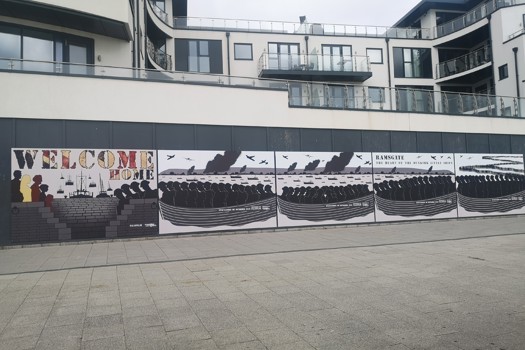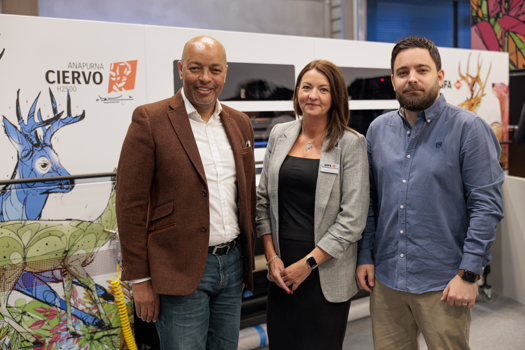The new strategy, characterised by the company as “painful changes”, will be put in motion to refocus the German manufacturer on its most profitable business units and will be supported by the manufacturer transferring liquidity reserves in its pension fund to write off existing debt.
Heidelberg is expecting its full-year sales for 2019/20 to fall well below the €2.490bn (£2.30bn) recorded in the previous year. Cuts in unprofitable departments, including Primefire and VLF presses, will be put into place over the next financial year.
Heidelberg chief executive Rainer Hundsdörfer told Printweek: “We have taken the right decisions here. They were not easy to take, but they will stabilise the company and allow us to remain successful.
“With products such as Primefire and our very-large-format department, customers will see a structured end to production. Any sales already made will be honoured and machines sent to clients will be serviced as expected until they reach the physical end of their lives.
“We will have to reduce on all levels to remain agile, but I want to be clear that innovation will continue and Heidelberg is not turning away from digital printing. Drupa is not happening this year, but the new Speedmaster we were set to debut there will still enter the market as planned and has now successfully completed its field testing.”
Hundsdörfer said that planned job and operations cuts were still in the discussion phase and further details could not be disclosed at this time. He confirmed that Montserrat Peidro, senior vice president heading up the digital print business unit, remains with the company and is “helping to manage the challenging situation”.
The company has seen a shift in the composition of its board recently, as Hundsdörfer was appointed to the top role following the sudden departure of Dr Ulrich Hermann in February and chief technology officer Stephan Plenz left at the end of 2019. A board of two now comprises of Hundsdörfer and Plenz’s replacement Marcus Wassenberg.
Refocusing is intended to deliver Heidelberg a €100m improvement in EBITDA, excluding the restructuring result. It has returned part of the €375m liquidity reserves in its pension fund in order to repurchase a €150m high-yield bond and eliminate net debt. Hundsdörfer said that the money taken from the fund would not affect staff pensions.
According to Heidelberg’s statement, the so-called “action package” has long been in the offing and is unrelated to the current crisis instigated by the coronavirus outbreak. Hundsdörfer told Printweek that he had established a crisis team to deal with the effects of the virus both internally and with its customer base and supply chain.
Staff able to work from home are doing so, while precautions are being taken for the safety of factory workers and preparations are in place for potential shutdowns. The manufacturer’s bases in China, which were first hit by the crisis in February, are reportedly beginning a return to operation and seeing “positive development” in business.
Shares in Heidelberg were up by 7.81% at €0.59 at the time of writing (52 week high: €1.79; 52 week low: €0.49)









